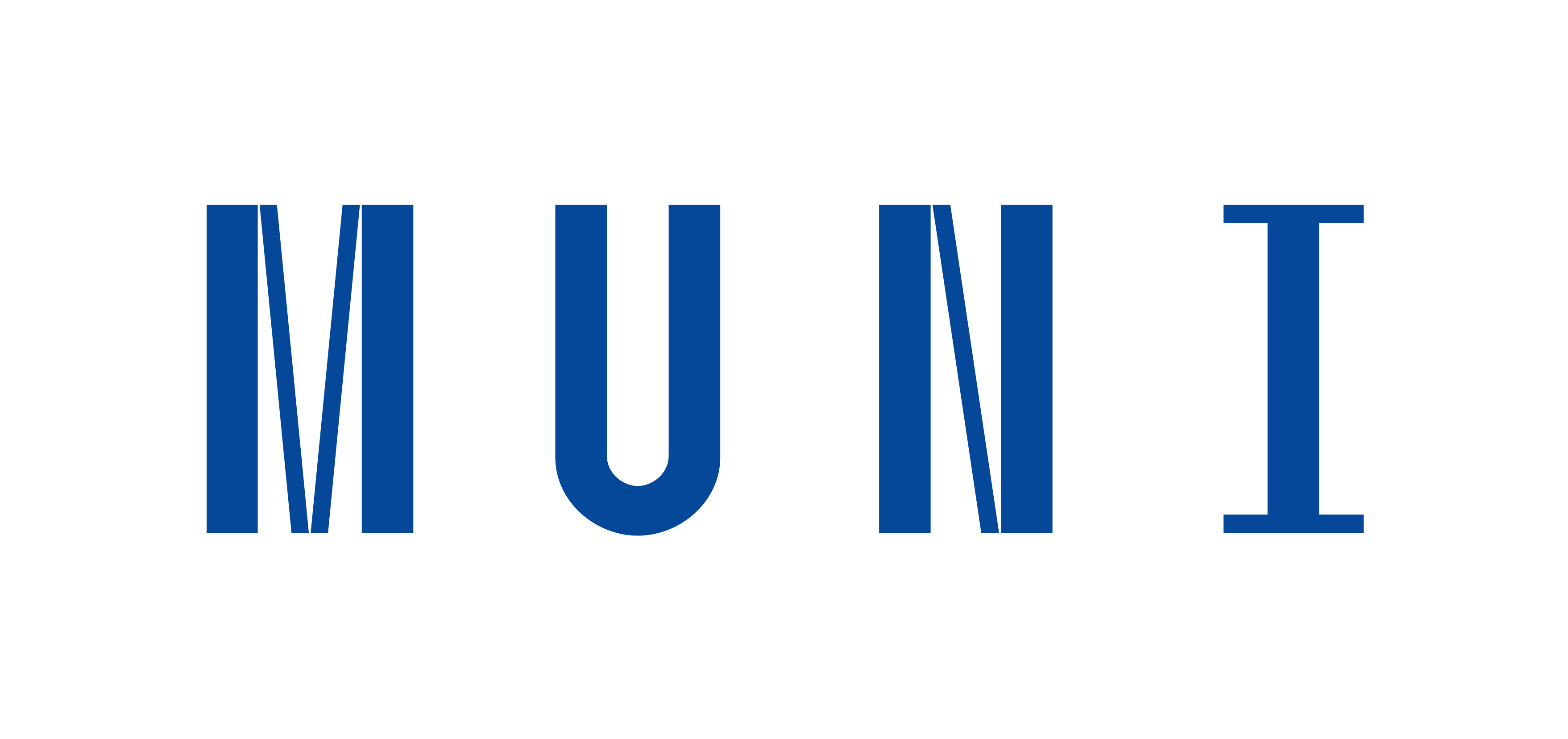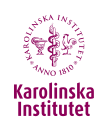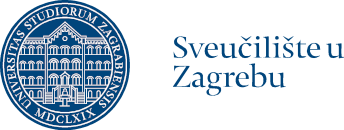Introduction - Teaching Traditions in Human Anatomy
- What is Traditional Anatomy Teaching?
Human anatomy is one of the cornerstones of medical education worldwide. It covers different perspectives: systemic, regional, surface, and clinical anatomy, which altogether give students a comprehensive understanding of the human body. Traditionally, anatomy is taught through in-person lectures, cadaver dissections, and detailed textbooks. The term “anatomy” itself comes from the Greek word " anatemnein" meaning “to cut” reflecting the long history of learning through cadaveric dissection. However, some medical schools have reduced or removed cadaver dissection from their curriculum due to limited availability of cadavers, a shortage of anatomy instructors, shortened course lengths, and sometimes cultural or ethical reasons.
- Technological Advances in Anatomy Teaching
With technological advancements, numerous digital tools are now making their way into anatomy classrooms. Platforms like Zoom, Microsoft Teams, virtual dissection software, and online anatomy resources offer new ways to teach and learn. While online tools have been in use for years to complement traditional teaching, the COVID-19 pandemic sped up the adoption of remote learning across higher education. Studies have shown that while digital resources can’t entirely replace face-to-face teaching, a blended approach – combining online tools with in-person lessons – can be effective.
- Pedagogical Innovations in Anatomy Teaching
Traditional anatomy lectures have been largely lecture-based which means that information flows from teacher to student. Nowadays, teaching methods are shifting towards approaches that encourage students to actively build their knowledge. Methods like team-based learning (TBL), case-based learning (CBL), and flipped classroom allow students to interact more with the material and with each other. This shift not only increases engagement but also addresses challenges such as the growing diversity of medical students and the expanding curriculum. By focusing more on student-centred learning, anatomy teachers aim to make the subject more interactive and manageable.
- Professional Development of Medical Students amid Changing Anatomy Teaching Traditions
Medical education is changing rapidly, and today’s students have grown up in a world that heavily relies on technology. To prepare medical students for their future career, it’s crucial for anatomy teachers to keep evaluating and adapting their curriculum to suit new learning styles and expectations. Still, traditional teaching has important benefits as teachers who act as role models help shape students' professional identity and sense of belonging in medicine. As anatomy education continues to evolve, teachers should balance between innovation and traditional teaching methods, to ensure that students acquire essential knowledge and develop both technical skills and humanistic values.






